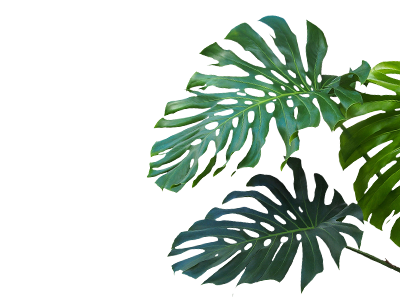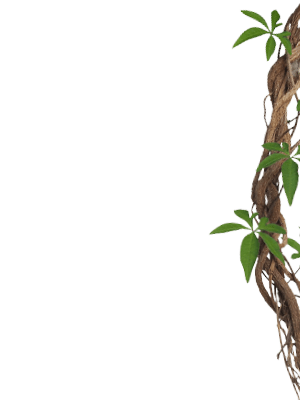
Forpus Celestis
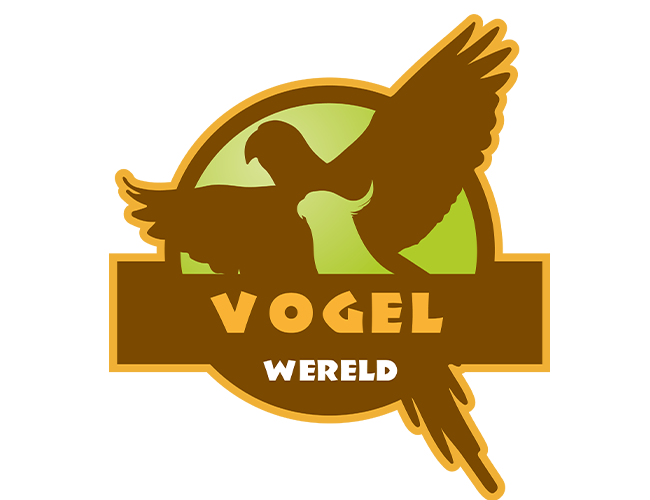


Forpus Celestis
Name Dutch: The heavenly body
Scientific name: Forpus coelestis coelestis
Origin: South America
Age: About 10-16 years
Height: About 12-13cm
Birth: Egg laying (Average 3 to 6 eggs per nest).
These hatch after about 20-22 days.
Activity: Day active
Legislation: CITES B It is mandatory that the bird has a foot ring.
Other legislation: Must be at least 46 days old before they can leave their parents.
Climate: Naturally (sub)tropical climate
Stay: A large cage or aviary with a loose java tree or playground.
Minimum size: Minimum dimensions 100x50x50cm. ''The bigger the better''.
Food: (70%) Pellets and/or Nutri-Berries in combination with (30%) seeds, fruit, vegetables and nuts. Always provide stomach grit with a seed mixture.



Description
The Forpus coelestis also called the Blue Sparrow Parrot or Gray Backed Lovebird. The names Blue Sparrow Parrot or Grey-backed Lovebird actually fit very well with the Forpus coelestis. Forpus are the smallest parrot species available. There are several subspecies of the Forpus, some subspecies are slightly smaller than the Forpus Coelestis, but we are really only talking about an inch or two. It is a real parrot in character but as sweet and small as a sparrow. The Forpus coelestis is a great bird to keep at home and can also be tamed.
Unlike other lovebirds, the Forpus coelestis is actually a remarkably quiet bird. The sound they produce is softer and more chattering and they will hardly/no nuisance in a terraced house. The only time you will really hear the Forpus coelestis is when it does not agree with the way things are going or when 2 conspecifics that are kept together start talking to each other. Even then, the sound is not as loud or shrill as with other lovebird species such as the lovebird.
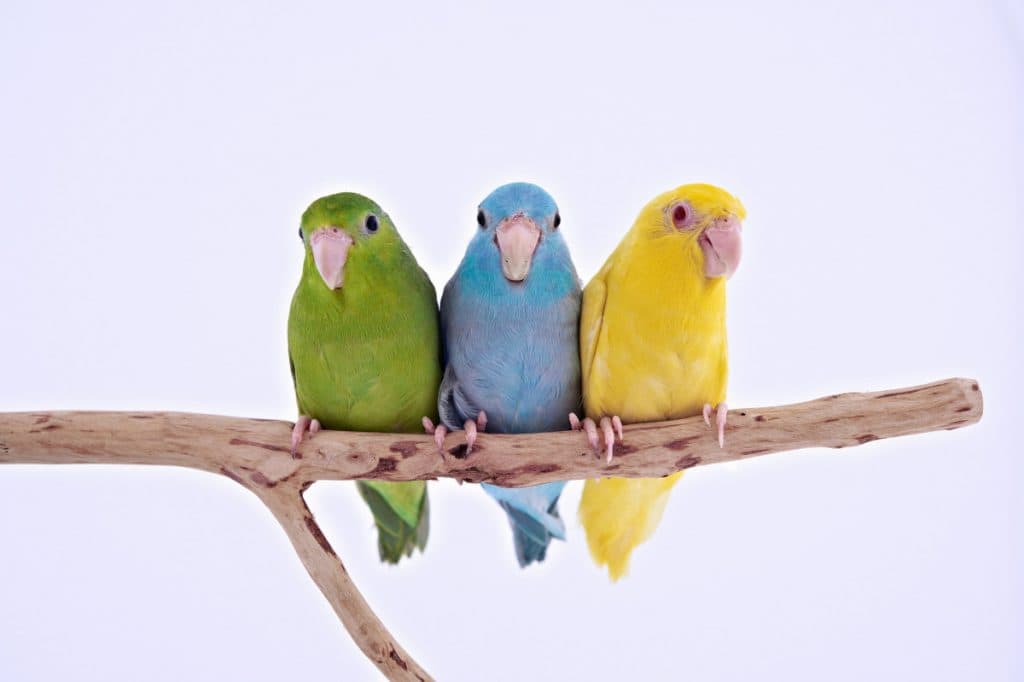
Age
The Forpus coelestis can live on average 10-16 years. Sometimes the Forpus coelestis does not reach this age and sometimes we see outliers that get older. But keep in mind that the Forpus coelestis gets quite old.


Gender
The Forpus coelestis wild color is a green bird that shows a very clear sex difference. The male has a dark blue color on the back and on the tips of the flight feathers. He also has a dark blue color behind and above the eyes. It almost looks like he has dark blue eyeshadow on. The woman does not have this dark blue color. A female wild color is completely green in color.
What is important to report is that in addition to the green wild color variant, there are also other color variants, including a blue variant. This one is completely blue in color. For the gender distinction in the blue Forpus, the same characteristics as those of the green variant can also simply be looked at. The dark blue color that the male Forpus coelestis has is clearly distinguishable from the blue color he has over the rest of the body. The doll does not have this darker blue color. Even in young birds in the nest, where the feathers are just coming through, the sex can be seen immediately because of the color difference between the male and the female.
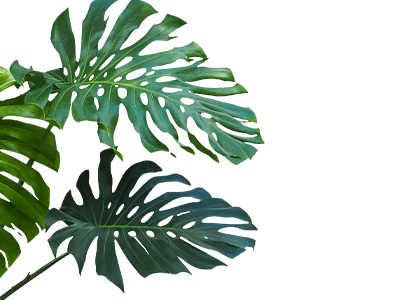
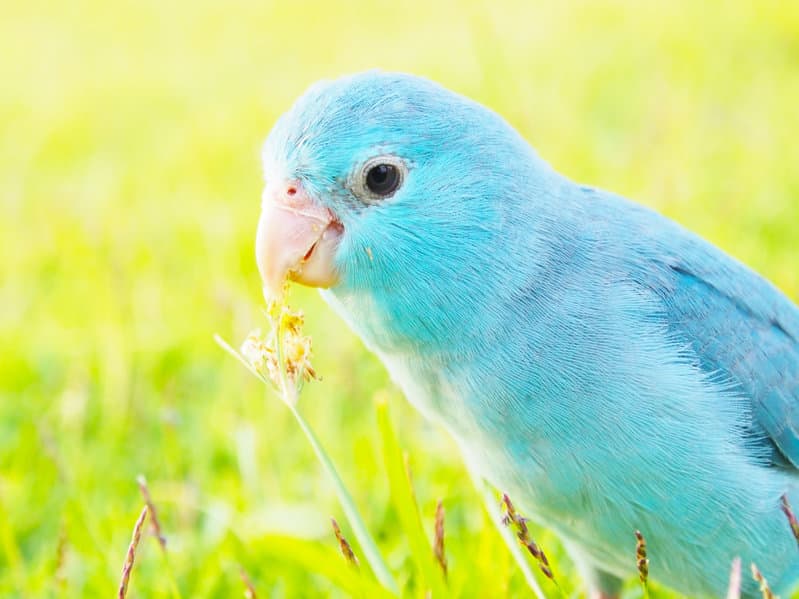
Legislation
After about 6 to 7 weeks, the young are independent and are no longer dependent on their parents. However, it is necessary to look closely at all youngsters, sometimes there is one that needs to be fed longer by the parents. Never remove them too early. There is also a law for this called ''Animal Keepers Decree'' that came into effect on July 1, 2014. The law states that after 46 days, the child may be removed from the parents. The advice is to keep a close eye on this, in some cases the parents may have a tendency to become aggressive towards the young when the young are almost independent.

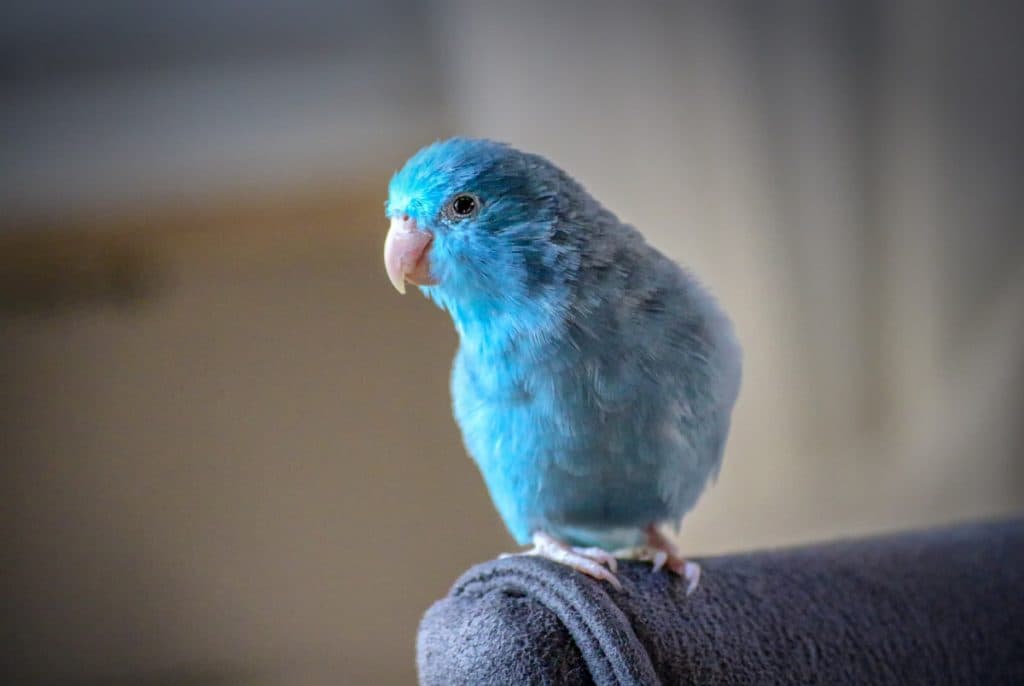
Divorce of the parents
Mainly we see that the fathers can be quite aggressive towards the male boy. We think this is because the fathers may start to see the male boy as competition. If this happens, you can choose to separate the father from the boy a little earlier and leave only the mother with the boy. The father can then be separated, for example via a bar separation: in this way the parents can still see each other, but the father can no longer argue with the boy. But never take the fry away before 46 days because during that time they really have to learn everything from the parents to become a ''good Forpus coelestis''.

More information?
Have you become interested in the Forpus coelestis? Do you want more information? Or do you want to know whether a Forpus coelestis is right for you?
Our bird workers are happy to help you! So come by soon to see what we have for sale. We always sell our Forpus coelestis with warranty. If there is something wrong, after this period you can of course always contact us!
